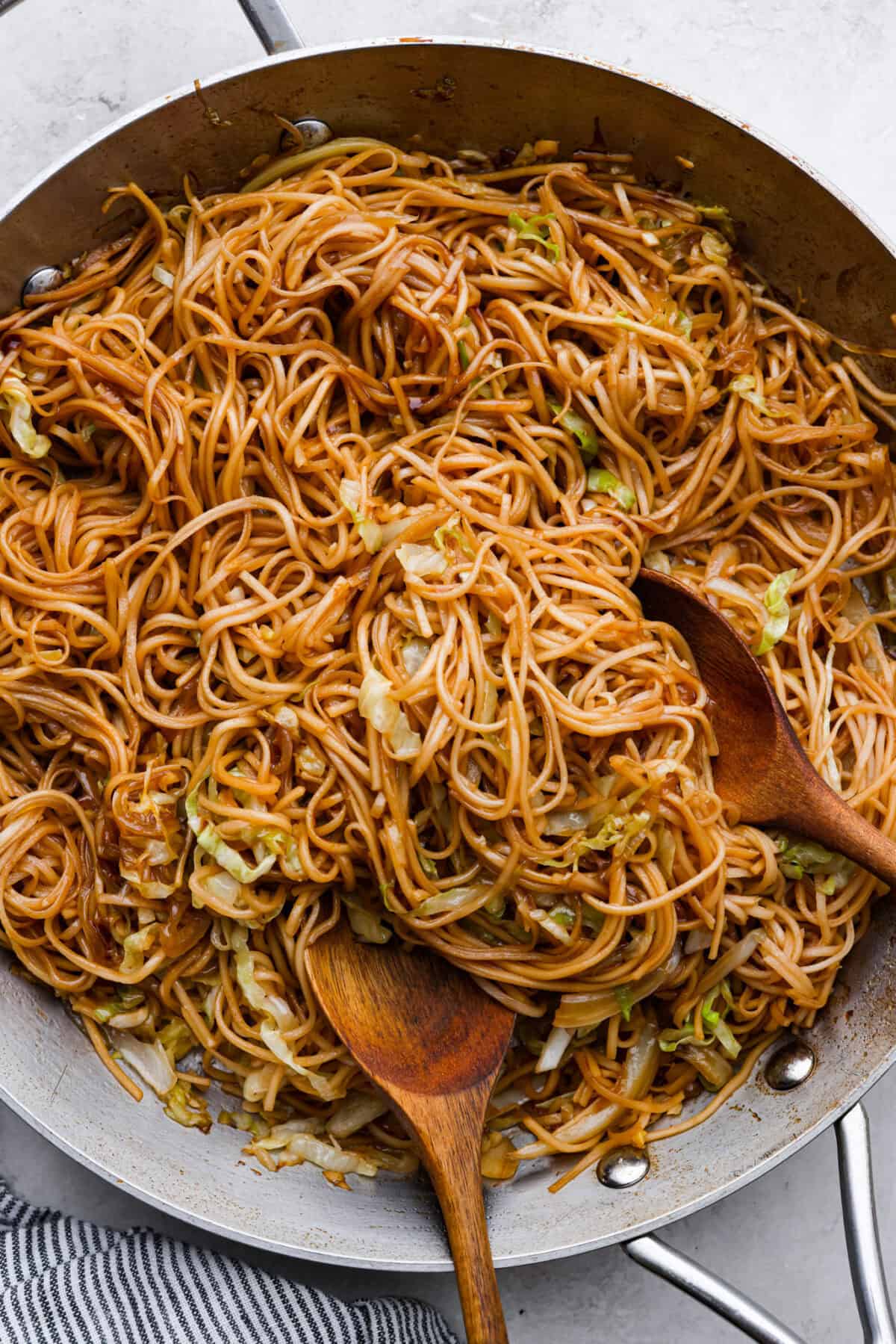Opinions expressed by Entrepreneur contributors are their own.
Let’s talk about jobs. Not in the old-school, “What do you do for work?” way, but what a job really is. For decades, a job was described through a title and a list of responsibilities. You get hired, and you’re given a job description; that’s your professional identity. But frankly, that system is breaking down — and quickly.
The structure of work today isn’t designed for how companies function anymore. Now that all these things are changing, static roles or rigid hierarchies will never be able to keep up with changes in technology, business models or customer expectations. This is like trying to run a modern app on a ’90s computer — things crash. The old job description? Dead. What’s replacing it? Modular, project-based systems, where work is completed by pulling together the right people with the right skills for a specific assignment. Let’s break this down.
Related: Why Job Titles Don’t Always Reflect the Value of Employees
Why the traditional job structure doesn’t work anymore
The old work paradigm was designed for predictability. A company brings a bunch of people in to do specific tasks, and those tasks rarely change. An accountant crunched numbers, a marketing manager wrote campaigns, and the IT guy fixed your printer. Everyone stayed in their lane.
But most industries — and I’d argue most innovation — don’t work that way today. Things shift constantly. Today, you may need a cybersecurity expert, tomorrow a cloud architect and next week a data analyst, all on the same project. There are fewer businesses than ever, but job roles haven’t kept pace. The inflexible job description doesn’t match this new reality, and clinging to it is costing companies agility and talent.
You should also consider skills as they develop. Individuals these days do not fit neatly in a box. A great marketer, for instance, may also know how to do data analysis, build no-code tools and even do some graphic design. But if their job description reads only “marketing strategy,” you’re leaving half their potential on the table.
The rise of modular, project-based work
So, what’s taking the place of these well-worn roles? Modular work systems. What does that mean? Rather than hiring people in fixed roles, companies deploy talent on a project basis. You aren’t hiring “an employee.” You are hiring a skillset, a brain or even a team for a defined outcome.
Let’s say you’re an app company that’s just launching a product. Rather than pushing this project through tiers of departments (marketing, development, customer support, etc.), you form an agile, cross-functional team: a UX designer, a software developer, a marketing strategist and a project manager. When the app launches, that team disbands, and those people move on to different projects. The work is done faster, smarter and with less bureaucracy.
This is reminiscent of how many startups and creative agencies already operate. They value speed and expertise more than rigid structures, and it’s a major reason why they’re out-pacing more traditional companies. That’s also why freelance platforms like Upwork or Toptal are booming — companies seek access to a talented pool without the baggage of a full-time hire.
What this means for workers
Let’s get real: Not everyone is enamored with the idea of project-based work. For workers, it’s a transition from the predictability of a defined position to a merit-driven marketplace where your worth is tied to your skills and your capacity for reinvention. Some can work well in these conditions — others, less so.
But here’s another point: Project-based systems allow workers greater freedom. You’re not stuck doing the same things for years because they’re in your job description. You can pivot, acquire new skills and give back in ways that actually interest you. It’s much more dynamic and, to be honest, more in line with how people want to do their jobs now.
The question of job security is also relevant. If companies transition to project-based hiring, does that equate to fewer full-time opportunities? Maybe. However, it also offers opportunities for workers to pursue careers as independent contractors or consultants. In some ways, it’s a return to craftsmanship — you are valued for what you deliver, not for how many years you’ve been melting your face off in a cubicle.
Related: Scouting All-Star Talent For Your Business: A Four-Step Playbook
What businesses need to do differently
For companies, this transformation isn’t simply a matter of replacing job descriptions with project charters. It’s a whole new mindset. Here’s what needs to change:
1. Focus on outcomes, not tasks
Agencies must stop thinking about what an employee does on their daily grind and instead consider what outputs they’re responsible for. There’s no “social media manager,” but hire someone who can “grow brand engagement by 30% in six months.” It’s a small but profound change.
2. Invest in skill development
If work going forward is project-based, employees will have to continuously refresh their skills in order to remain relevant. Businesses that offer continual training and learning opportunities will be more attractive to better talent and will receive more value from their teams.
3. Rethink hiring processes
Traditional hiring processes — résumés, cover letters and multi-round interviews — are too slow for this model. Companies want more efficient assessments of skills, such as portfolio reviews, skills tests or short-term trial projects.
4. Build flexible teams
In a project-based world, you’re not only managing employees; you’re managing networks. Some members of this team may be full-time staff, while others may be freelancers, contractors or even AI tools. In response, companies require systems to efficiently manage these hybrid teams.
5. Embrace technology
Tools such as Slack, Asana and Airtable already aid project-based work, but we have only begun to scratch the surface. AI and automation will trump in this regard and start delegating tasks, tracking progress and even helping match the best talent to the projects.
Challenges ahead
Let’s not make any bones about it; the transition isn’t going to be easy. For companies, transitioning from hierarchies to networks requires rethinking everything from org charts to performance reviews. For employees, that means abandoning the traditional career ladder. Instead of moving via the classic ladder, you’ll be leaping from project to project, developing a portfolio of work that will get you places.
There’s also the risk of burnout. When employees arrayed across projects spin through one logo or event to the next without sharp boundaries, it’s easy to overburden people. Companies will need to embrace work-life balance in the new system, or they’ll lose talent just as quickly as they acquire it.
Why this shift is inevitable
If you’re still doubtful, consider that the tools we use to work have already unbundled how we do the work. Canva, ChatGPT and Notion are some examples of apps that have enabled people to do things that used to take entire teams. A logical next step is for their roles to be unbundled.
It’s also playing out in the gig economy. Platforms such as Uber, DoorDash and TaskRabbit have broken work down into discrete, outcome-based tasks. Although those examples are primarily in service industries, similar principles are beginning to operate in knowledge work. Writing, coding, design and even project management are all breaking down into modular, task-based services.
Related: Master The Flexible Talent Search: Seven Critical Questions To Ask When Building A Competitive On-Demand Workforce
People need to know the days of the static job description are over. Both businesses and workers are moving toward a more flexible, project-based model that better matches the velocity and multiplicity of our fast-changing world. It’s not a perfect system, and there will definitely be growing pains. But for companies that lean into this change — and for workers who adjust — it’s a tremendous opportunity.
We’re moving into a world in which work is less about where you land on an org chart and more about what you can bring to a particular objective. It’s quicker, more dynamic and (fingers crossed) a more fulfilling experience for everyone around. And if you still hold on to the old ways, you’re going to be left behind. It is time to unbundle work and rethink what a job actually is.






















